Remember when grocery shopping was an adventure filled with unexpected treats and treasures? Before digital coupons and loyalty apps streamlined the shopping experience, supermarkets enticed customers with tangible freebies that created lasting memories and fostered brand loyalty. These weren’t just marketing gimmicks—they were woven into the fabric of American shopping culture, creating shared experiences across generations. Let’s take a nostalgic stroll down the aisles of yesterday to revisit the grocery store giveaways that made mundane shopping trips something to look forward to.
1. Free Cookies from the Bakery

Nothing announced your arrival at the grocery store quite like the cheerful offer of a free cookie from the bakery department. This simple gesture transformed cranky, shopping-averse children into temporarily cooperative companions, buying parents precious minutes of peaceful browsing. The bakery employee would use wax paper or a small bag to present a still-warm chocolate chip cookie or sugar cookie, making children feel specially acknowledged in the adult world of errands. Pastry Team USA goes a step further and chronicles the history of pastries, desserts, and baked goodies across all U.S. history for a truly delectable trip down memory lane.
The free cookie tradition created a powerful positive association with grocery shopping that many carried into adulthood. These weren’t just any cookies—there was something magical about the specific flavor and texture of grocery store bakery cookies that home-baked versions could never quite replicate. The anticipation of that first sweet bite became a Pavlovian response to walking through automatic doors, with the cookie counter serving as the first destination no matter what items actually appeared on the shopping list. Today’s pre-packaged, sealed “free cookie” options (when available at all) simply can’t match the personal touch of having a smiling baker hand-select a treat just for you.
2. S&H Green Stamps
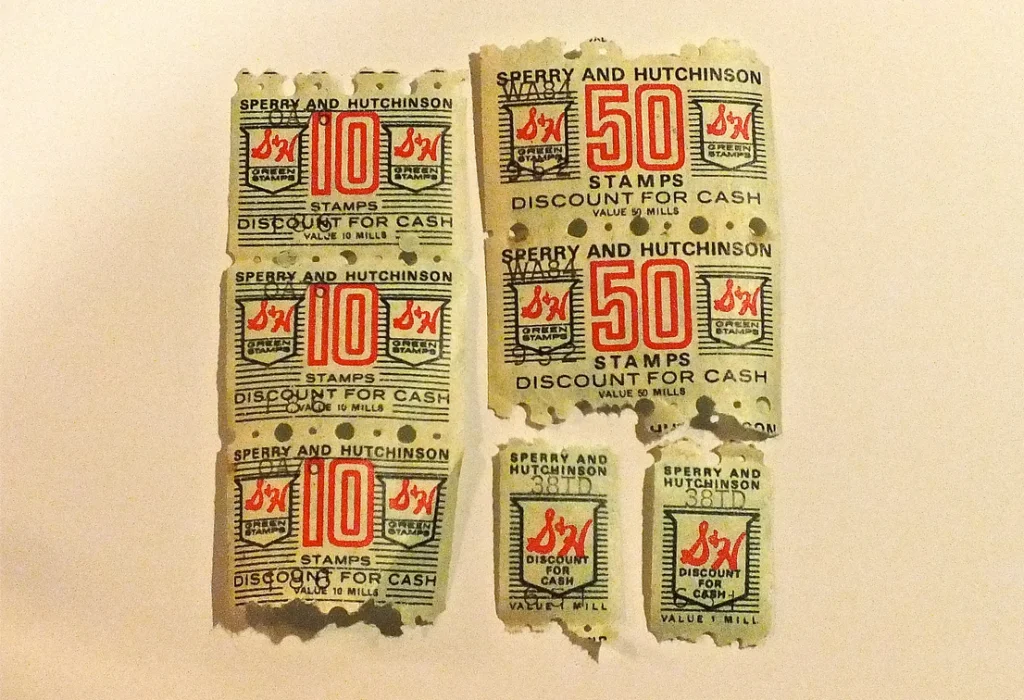
Before loyalty cards and digital points, there were S&H Green Stamps—small trading stamps given as a bonus with purchases that shoppers diligently collected in special books. The brilliance of this system lay in its tangibility—families could watch their savings grow with each shopping trip as they licked and stuck stamps onto pages, working toward specific rewards from the S&H catalog. Children often took on the satisfying task of organizing and placing the stamps, learning early lessons about saving toward goals. Voice of Oklahoma traces the history of these stamps across decades, from mounting trend to a piece of history.
The redemption experience itself became a special family event, with trips to dedicated Green Stamp redemption centers where collected books could be exchanged for everything from toasters and blenders to toys and camping equipment. Many households in the 1960s and early 1970s furnished their homes largely through strategic Green Stamp collection, transforming routine grocery expenses into lasting household goods. Unlike today’s often confusing digital reward systems that quietly accumulate in the background, Green Stamps created a visible, interactive pathway connecting everyday purchases to meaningful rewards that the whole family could participate in selecting.
3. Glass Dishes Hidden in Detergent Boxes
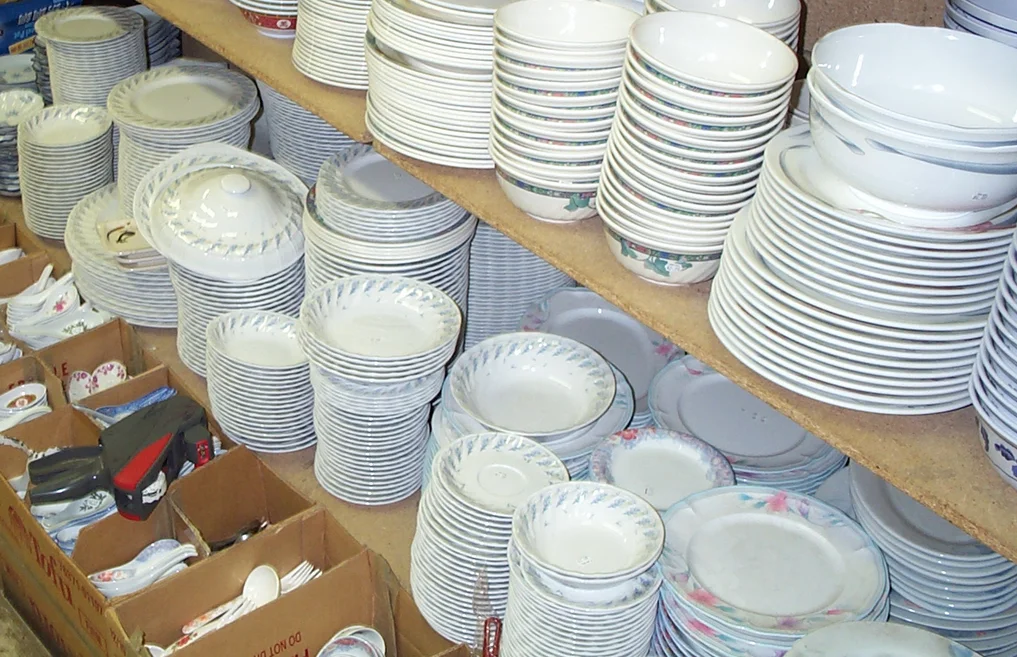
Perhaps the most legendary grocery giveaway was the free glassware tucked inside boxes of laundry detergent. Opening a new box of Duz detergent to discover a beautiful piece of Fire-King Jadeite or elegant crystal created a moment of domestic delight that modern packaging simply doesn’t replicate. These weren’t cheap trinkets but quality household items that many families still treasure generations later—sturdy drinking glasses, decorative bowls, and serving pieces that were actually meant to be used. If you’re feeling nostalgic in a bittersweet way, Times Leader is right here with you reminiscing over the many different bonuses we used to get in various boxes, no more.
The genius of this marketing approach was how it transformed a mundane household necessity into a collection-building opportunity. Women would specifically select certain detergent brands based on which piece they needed next, gradually acquiring complete sets of everyday dishware through regular household purchases. The anticipation of discovering which piece awaited inside created genuine excitement around a product category that typically generated none. Today’s detergent boxes offer nothing but detergent—a practical but joyless approach to packaging that saves manufacturers money but eliminates the treasure-hunt aspect of everyday shopping.
4. In-Store Food Demonstrations with Generous Samples
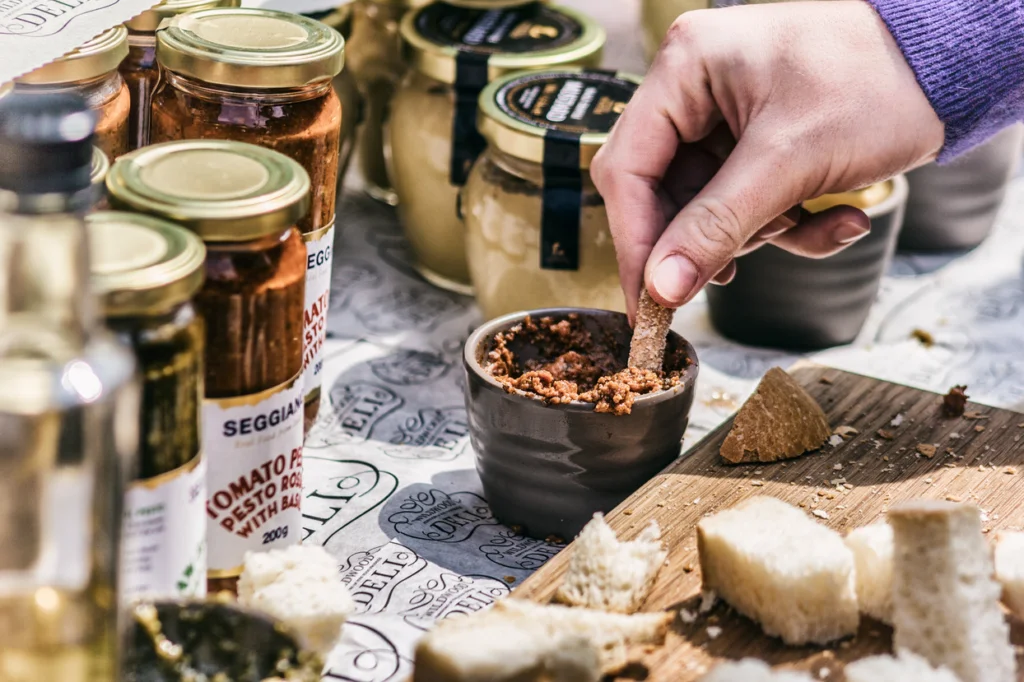
Long before warehouse clubs made sampling a strategic pit stop, traditional grocery stores once featured elaborate food demonstrations where shoppers could sample substantial portions of featured products. These weren’t the tiny toothpick tastes of today but often included full small plates that could constitute an impromptu lunch. Friendly demonstrators would share recipes, cooking tips, and serving suggestions while offering seconds to interested customers who showed genuine interest in purchasing.
These demonstrations transformed grocery shopping from a chore into a social and culinary experience where shoppers could discover new products through actual tasting rather than just being influenced by packaging or advertising. The generous portions and unhurried interactions created genuine opportunities to evaluate whether a product would work for your family before investing in it. Today’s automated sample dispensers or pre-packaged sample portions lack the educational component and human connection that made these demonstrations both entertaining and genuinely useful for meal planning.
5. Trading Cards in Cereal Boxes
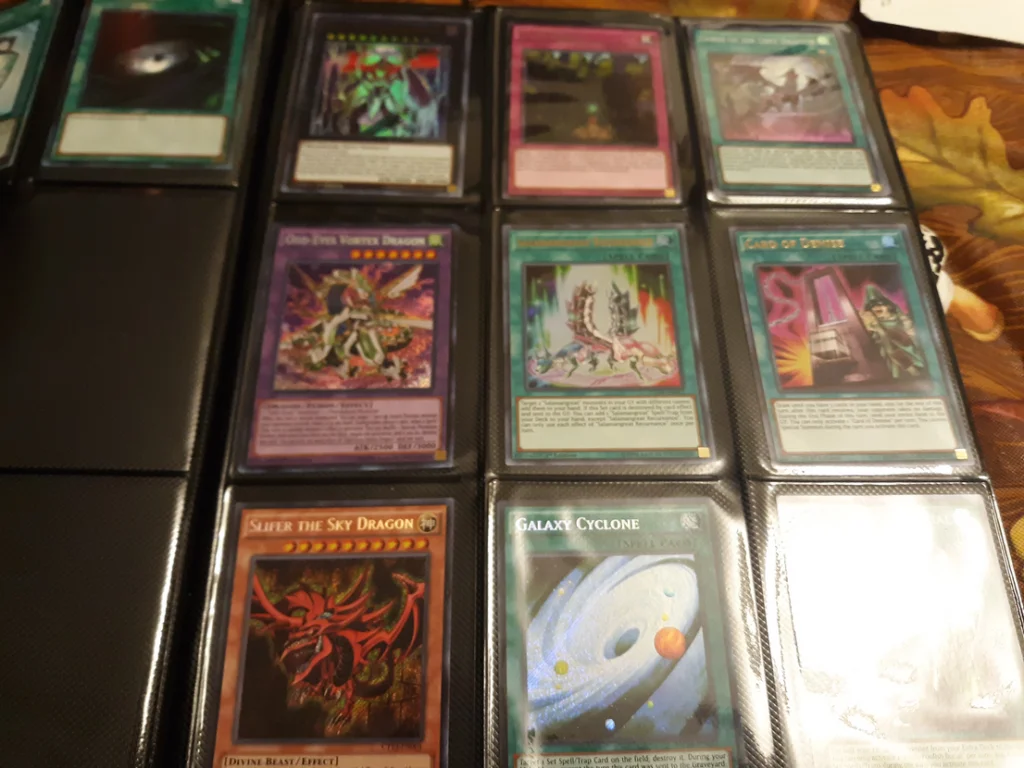
The magical words “Free Inside” on cereal boxes once signaled treasures that made breakfast a daily adventure. Among the most collected and traded premiums were sports cards, movie character cards, and other collectible card series that children eagerly fished out before the box even reached the pantry shelf. Unlike today’s “send in UPC codes for a prize” promotions, these rewards were immediate and tangible—right there in the cereal, sometimes visible through strategic package windows.
The trading card premium created a remarkable ecosystem of childhood commerce, with school lunchrooms and neighborhood gatherings becoming trading floors where cereal-box acquisitions changed hands. Parents often found themselves purchasing specific cereals based on their children’s collecting needs rather than taste preferences, inadvertently giving children early lessons in consumer influence. The anticipation of reaching into that new cereal box, sometimes plunging an arm elbow-deep in pursuit of the prize, created a sense of discovery that online promotions and digital rewards simply cannot replicate.
6. Blue Chip Stamps
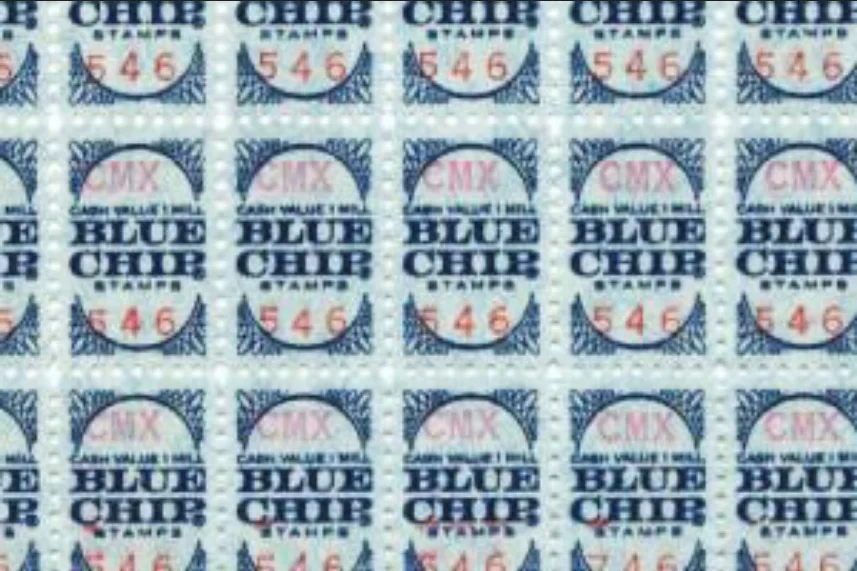
Similar to S&H Green Stamps but popular in different regions, Blue Chip Stamps created a parallel economy within everyday shopping. Given primarily at grocery stores and gas stations throughout the western United States, these little blue trading stamps turned routine purchases into investment opportunities. Families became surprisingly strategic about their shopping, sometimes selecting stores specifically for their stamp offerings rather than prices or selection.
The Blue Chip Stamp catalog became required reading in many households, with family members advocating for different redemption options as the collection grew. The stamps themselves became a form of currency, with neighbors sometimes trading books of stamps for babysitting or other favors. Unlike modern point systems that track unseen digital accumulations, Blue Chip Stamps created visible progress toward goals—watching a redemption book fill up provided satisfaction even before it was exchanged for merchandise. The communal nature of the experience, with multiple generations participating in licking and placing stamps, created family memories around what would otherwise have been forgettable shopping trips.
7. Coffee Mugs with Gas Fill-Ups
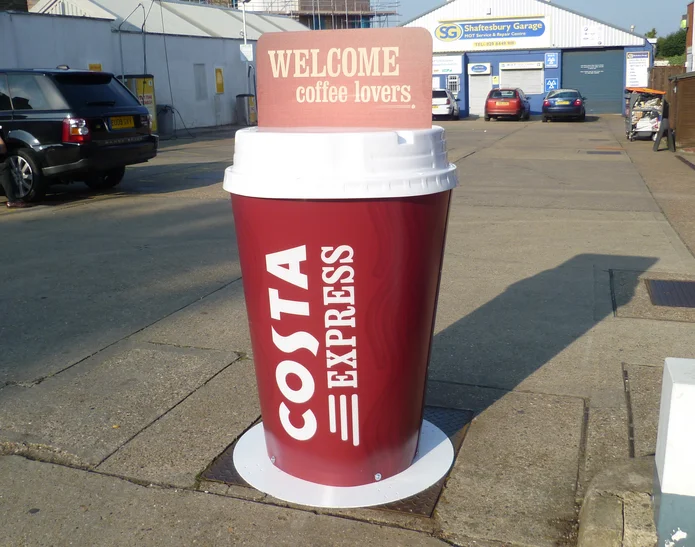
Although technically from gas stations rather than grocery stores, the free coffee mug with fill-up promotion deserves mention as one of the most beloved retail giveaways. During the 1960s and 1970s, many grocery-anchored shopping centers included gas stations that offered sturdy, collectible mugs as incentives during promotional periods. These weren’t flimsy promotional items but substantial ceramic mugs that many households still use decades later, outlasting countless purchased sets.
The mug promotions often featured collection themes—wildlife scenes, historical moments, seasonal designs—that encouraged return visits to complete the set. Many family cabinets contained mismatched collections of these promotional mugs that told the story of where the family had traveled and fueled up over the years. The physical durability of these giveaways stands in stark contrast to today’s digital promotions that disappear from memory as soon as they’re redeemed, leaving no lasting household presence to remind customers of the brand’s generosity.
8. Recipe Cards and Booklets
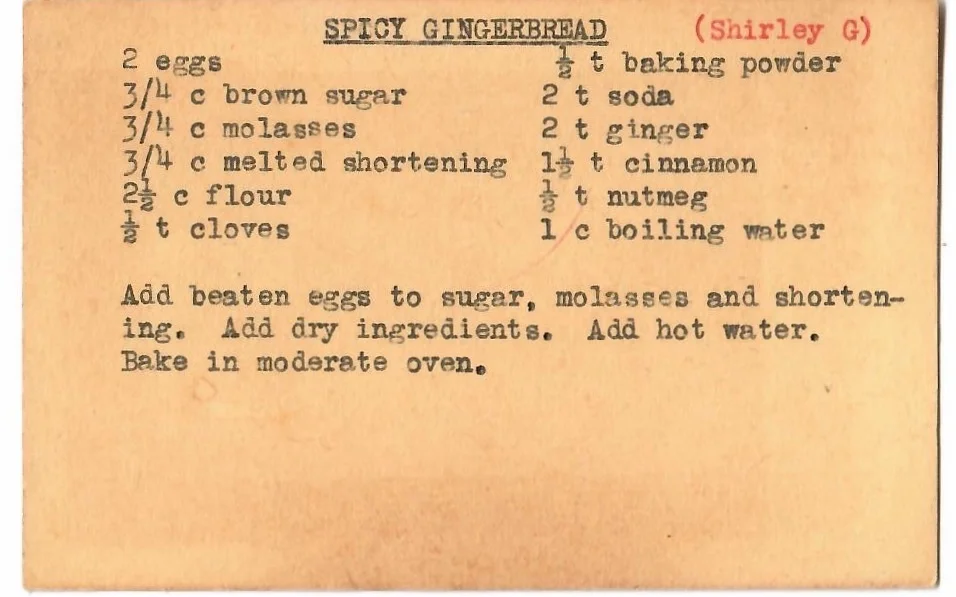
Grocery stores once served as culinary education centers, regularly distributing free recipe cards and booklets that expanded home cooks’ repertoires. These weren’t simply product advertisements disguised as recipes but genuinely useful cooking resources featuring tested recipes, often developed by home economists specifically for busy families. The cards themselves were designed for collecting—printed on sturdy stock with attractive photography and sized to fit recipe boxes that most kitchens contained.
Many home cooks built substantial recipe collections through these grocery store giveaways, with certain dishes becoming family favorites that spanned generations—”Dad’s favorite casserole” or “Grandma’s company potatoes” might actually have originated from a Kroger or A&P recipe card from 1973. The recipes typically featured accessible ingredients carried by the store, naturally, but focused on practical, achievable cooking rather than aspirational or unnecessarily complicated techniques. Today’s digital recipe resources may offer more variety, but they lack the carefully curated, physically collected nature of these traditional recipe programs that helped many young homemakers gain cooking confidence.
9. Promotional Drinking Glasses

Fast food restaurants weren’t the only businesses offering collectible drinking glasses—grocery stores frequently ran promotions where shoppers could earn character glasses, holiday-themed tumblers, or elegant glassware with minimum purchases. These weren’t ordinary glasses but often featured beloved cartoon characters, sports team logos, or special commemorative designs that transformed everyday drinks into special occasions for children and adults alike.
The promotional glasses typically followed collection patterns that encouraged repeat shopping—collect all four Peanuts characters or complete your set of NFL team glasses. Unlike digital points or rewards that feel abstract, these tangible premiums created immediate gratification and lasting household presence. Many families today still serve holiday meals with glasses obtained through grocery promotions decades ago, the faded designs carrying both practical utility and nostalgic value. The cultural significance of these glass collections extended beyond individual households, creating shared experiences as neighbors and schoolmates compared their collection progress.
10. Bank Day Promotions

Many grocery stores once partnered with local banks to create “Bank Day” promotions, where representatives would set up small tables near the entrance and offer gifts to shoppers who opened accounts or made deposits while picking up their groceries. These gifts ranged from practical household items to toys for children—piggy banks, pencil sets, small flashlights, or seasonal decorations—creating a double-errand efficiency that many shoppers appreciated. The free gifts made banking feel less institutional and more community-oriented.
The Bank Day tradition introduced many children to saving concepts as they watched parents conduct financial business in the familiar grocery environment rather than the intimidating formal bank setting. Children often received their own small premiums when they deposited birthday money or allowance into savings accounts, creating positive associations with financial responsibility. The cross-promotional nature of these events strengthened community business relationships while providing tangible benefits to consumers—a win-win that today’s siloed digital promotions rarely achieve with the same neighborly feeling.
11. Free Calendars

The approach of a new year once meant an abundance of free calendars from local grocery stores, each featuring beautiful photography, seasonal recipes, or local community information. These weren’t just functional date-tracking tools but household decor that would hang in kitchens and home offices for the entire year, providing daily brand visibility that modern advertisers would envy. The most coveted calendars featured high-quality nature photography, inspirational scenes, or helpful household information in the date squares.
Many families developed fierce loyalty to particular calendar styles, looking forward to the specific week when their preferred design would become available and sometimes visiting multiple store locations to secure extras for extended family members or offices. Unlike digital calendars that hide discreetly on our devices, these paper calendars served as daily household management centers where family activities, appointments, and important dates were recorded in shared space visible to all family members. The annual calendar replacement became a December ritual, transferring birthdays and anniversaries to the new year while admiring the fresh images that would accompany the months ahead.
12. Promotional Coins and Tokens

Some grocery chains distributed special coins or tokens that created their own mini-economy within the store. Unlike ordinary coupons or discounts, these specialized “grocery money” pieces often came in decorative collection folders and could be accumulated for special purchases, charity donations, or exclusive in-store offers. The physical nature of these tokens made saving them an activity rather than an abstraction, with children often taking charge of the collection process.
The most innovative token programs connected shopping with community involvement, allowing customers to direct their accumulated tokens toward local school funding, library support, or other civic causes. This created a powerful loyalty mechanism that went beyond mere discounts to forge emotional connections between shoppers, stores, and community institutions. The tactile satisfaction of dropping tokens into collection bins for chosen causes gave shoppers agency in corporate giving that today’s automated “percentage of purchase” programs don’t replicate. The programs made children feel they were contributing to community good through routine family shopping, teaching both consumer power and civic responsibility simultaneously.
What all these vanished grocery promotions share is something increasingly rare in our digital age—tangibility. Modern loyalty programs may offer greater efficiency and personalization, but they lack the physical presence and shared experience that made these classic giveaways so memorable. The digital points accumulating invisibly on our loyalty accounts simply can’t match the childhood thrill of fishing a prize from a cereal box or the satisfaction of pasting that final stamp into a redemption book. Perhaps what we’re really nostalgic for isn’t just the free items themselves but the way they transformed routine shopping into meaningful experiences that connected commerce with community, turning everyday errands into small adventures worth remembering.


